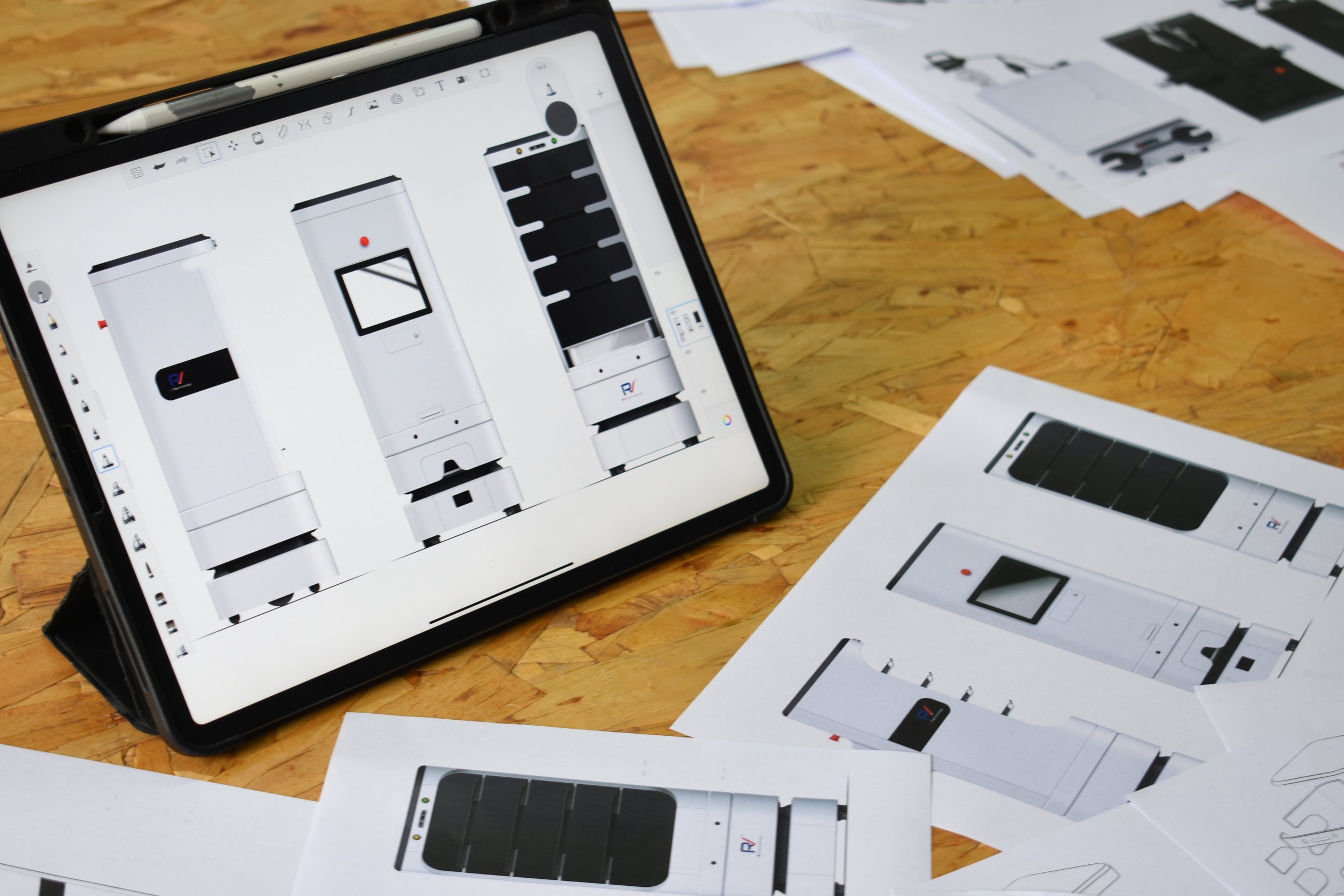METHODOLOGY.
PHILOSOPHY.
I believe:
2.
3.
2.
Successful design is quiet. It engrains itself seamlessly into people’s lives, improving and enhancing day-to-day routines, through a delivery of emotional and memorable experiences. Design is the bridge connecting art, science and society.
“
”
WHY?
My design initiative is sparked by 3 major factors:
WHAT?
My designs abide by 3 fundamental principles:
1.
2.
3.
Design is holistic
Inclusively and consciously harmonizing a diverse set of factors, ranging from ergonomics, aesthetics and interaction to sustainability, ecosystems and life cycle.
3.
1.
Design is attractive
Sensitively crafting attractive design through a articulate composition of design elements and visual grammar for both the end user(s) and environment.
Design is purposeful
Ensuring a design or experience can perform with a genuinely sought purpose and can positively impact/influence the end user through its existence.
+
Visual Grammar
HOW?
My designs are crafted by an intertwining of 3 driving forces:
The assortment of design elements, composed in a ‘grammatically’ correct fashion, to ensure a design is attractive, adaptive and engaging.
1.
User-Centered Focus
The exploration, analysis and findings of product user-case scenarios and user expectations to ensure a product has been designed with intent.
Product Interaction
Satisfying product performance achieved through the implementation of haptic features and functions to create memorable experience.
+
Design for a world/human need
Create a new or improved product/experience with an absolute intention of positively impacting human day to day lifestyles and the planet.
Design for an enhanced experience
Modify, adjust and improve pre-existing products with an absolute intention of enhancing user-product experience and amplify emotional attachment.
Design for a circular economy
Create or new or improved product/experience with circular design principles in mind and build intentionally for a circular life cycle, rather than linear.
THE PROCESS.
Successful design is a proven result of strategic design thinking and systematic process.
A ‘6 phase’ stage-gate approach enables step-by-step focus and conscious decision making that drives project milestones to be accomplished smoothly.
Phase 01:
RESEARCH & ANALYSIS
A deep dive into market, user and product research, covering all influential aspects which may impact the final outcome of a design. Consisting of, but not limited to: market scanning, product mapping, trend analysis, brand positioning, product breakdowns and more.
- Competitor & Market Analysis
- Product Mapping & Benchmarking
- User Case Scenario & Pain Point Analysis
- Feasibility Study
Phase 03:
DESIGN REFINEMENT & DETAILING
Once a preferred concept (or more) has been chosen, design details are refined, tweaked and amended through various iteration rounds, allowing all aspects and elements to be intricately crafted for its intended use until verified.
- CMF Selection
- Feature & Functionality Detailing
- Assembly & Disassembly Consideration
- Circularity Implementation
3D DESIGN & DEVELOPMENT
Phase 05:
Phase 02:
IDEATION & CONCEPT DESIGN
Letting pen and paper do the talking, via blue-cloud brainstorming sessions and creative workshops, where tangible solutions and innovative ideas can be brought to attention in the form of sketch. These are then compiled, deciphered and visually orchestrated into feasible and attractive concepts.
Phase 04:
Using 3D CAD software, the design begins its transformation from 2D into 3D space, Form, proportion and dimension are defined through the development of outer-shape surfaces and internal structure. Material, colour and finishing (CMF) palettes are also selected.
- 3D Outer Shape CAD
- Inner Construction & Component Mapping
- Assembly & Disassembly Consideration
- BOM Documentation
PROTOTYPING & TESTING
Creating fully functional and physical prototypes via hand modelling, 3D printing or CNC milling to test a range of essential product aspects. Consisting of but not limited to: general assembly, product functionality, cosmetic values, construction, form and ergonomics.
- Low Cost Mock-ups
- 3D Printed Mock-Ups
- High-Fidelity Prototypes (Outer Shape Analysis)
- Fully Functional Prototypes (Function Testing)
Phase 06:
REFINEMENT & FOLLOW UP
After physical interaction with the design, new challenges, issues or improvements may arise that need to be further implemented. A final round of design refinement and adjustment takes places to ensure the product is ready for mass production and end use.
- DFM Analysis & Setup
- Golden Sample Approval & Testing
- Quality Control & Standards
- Packaging Design & Marketing Visuals















